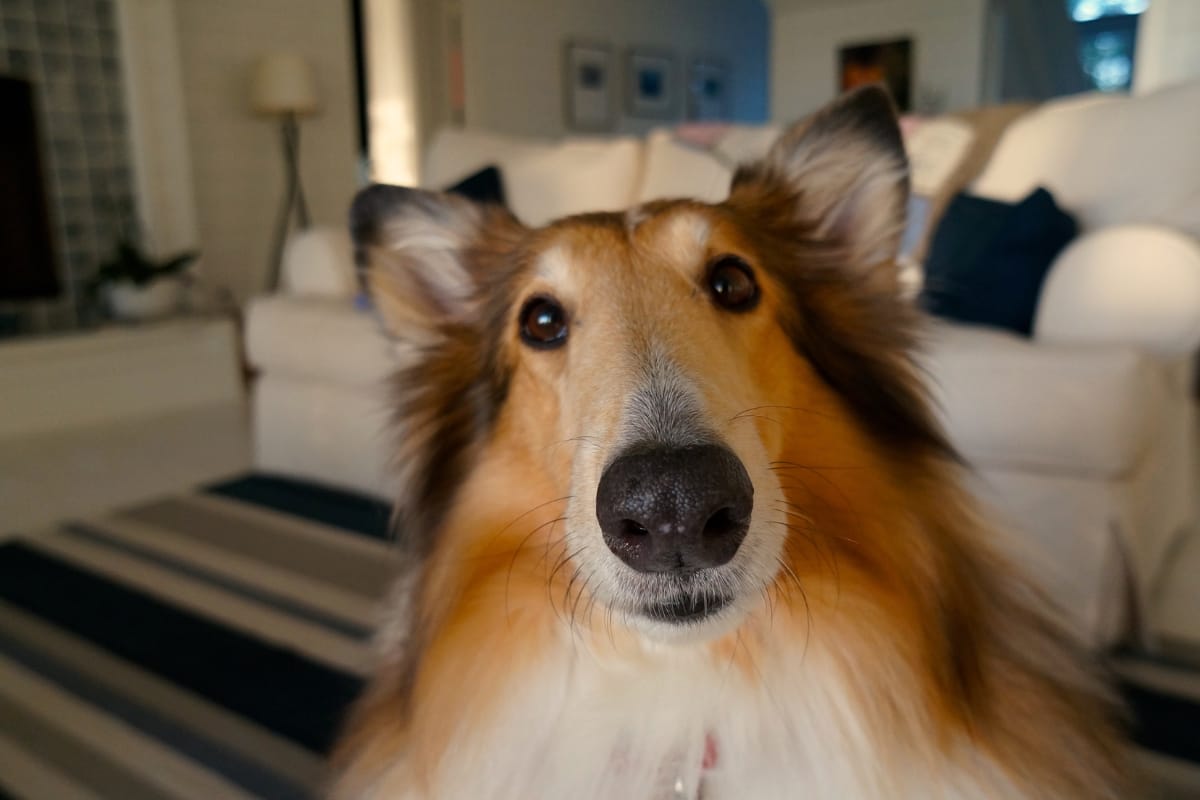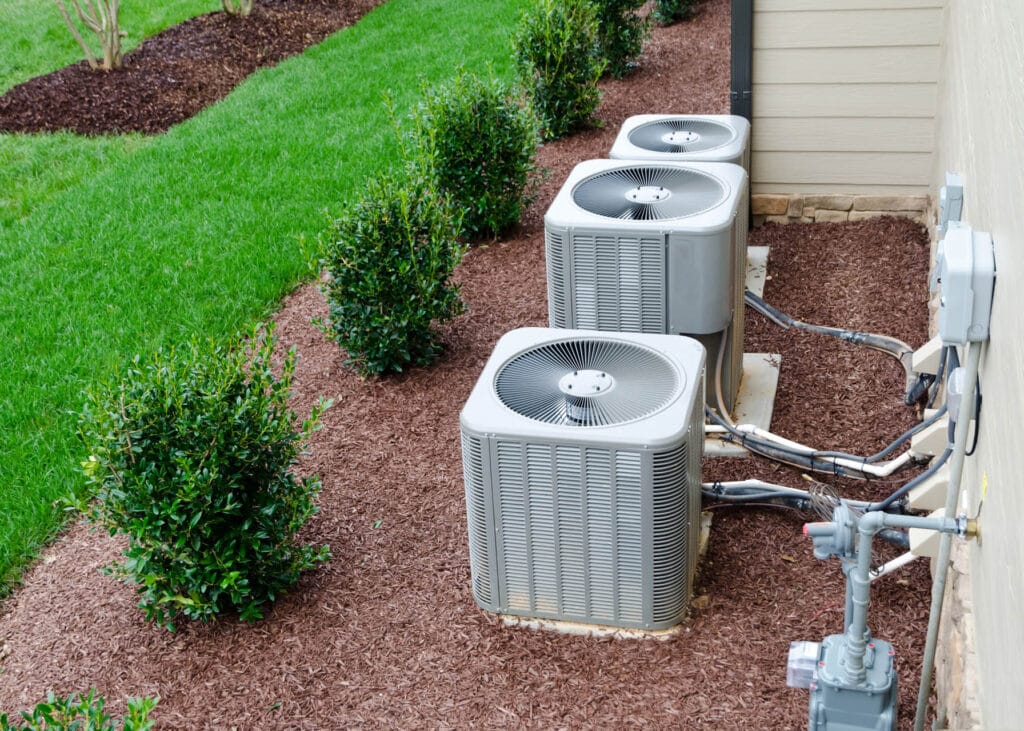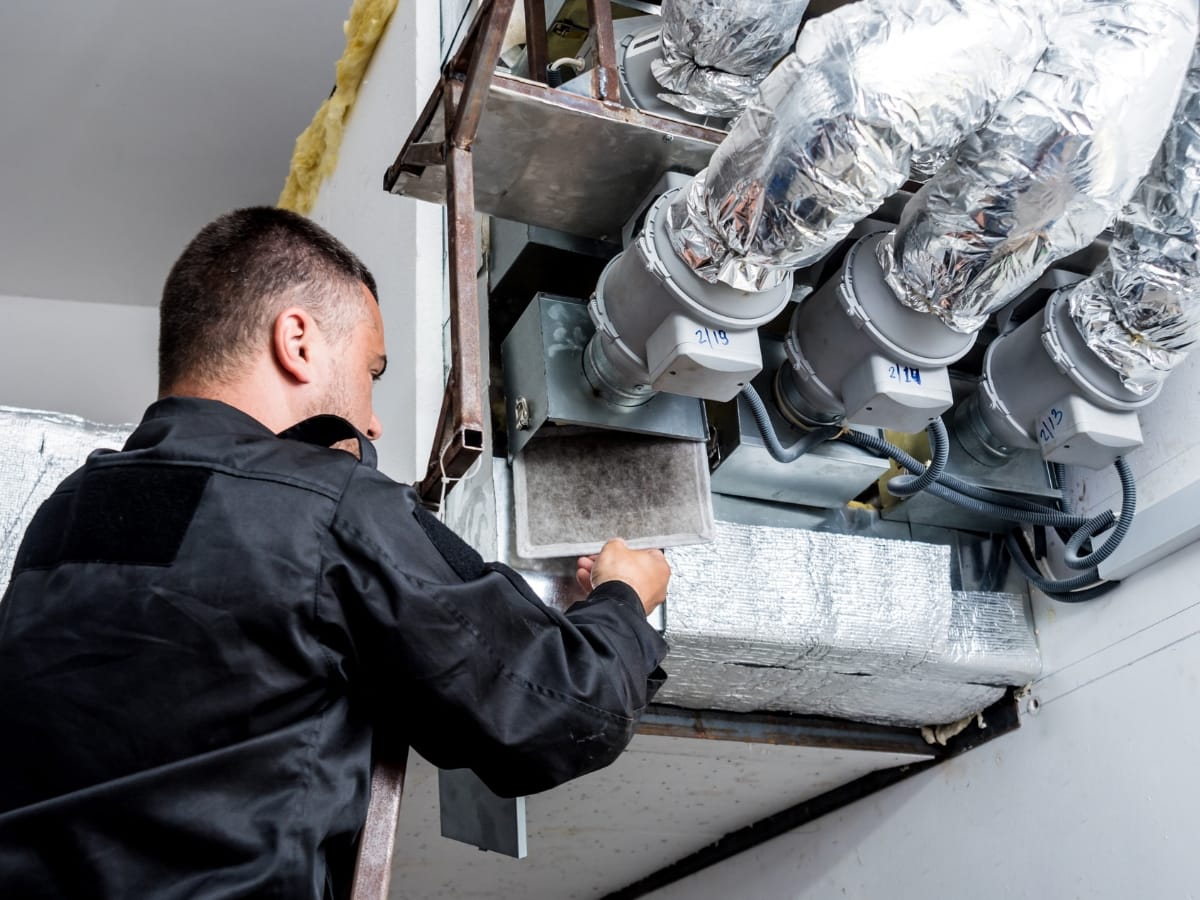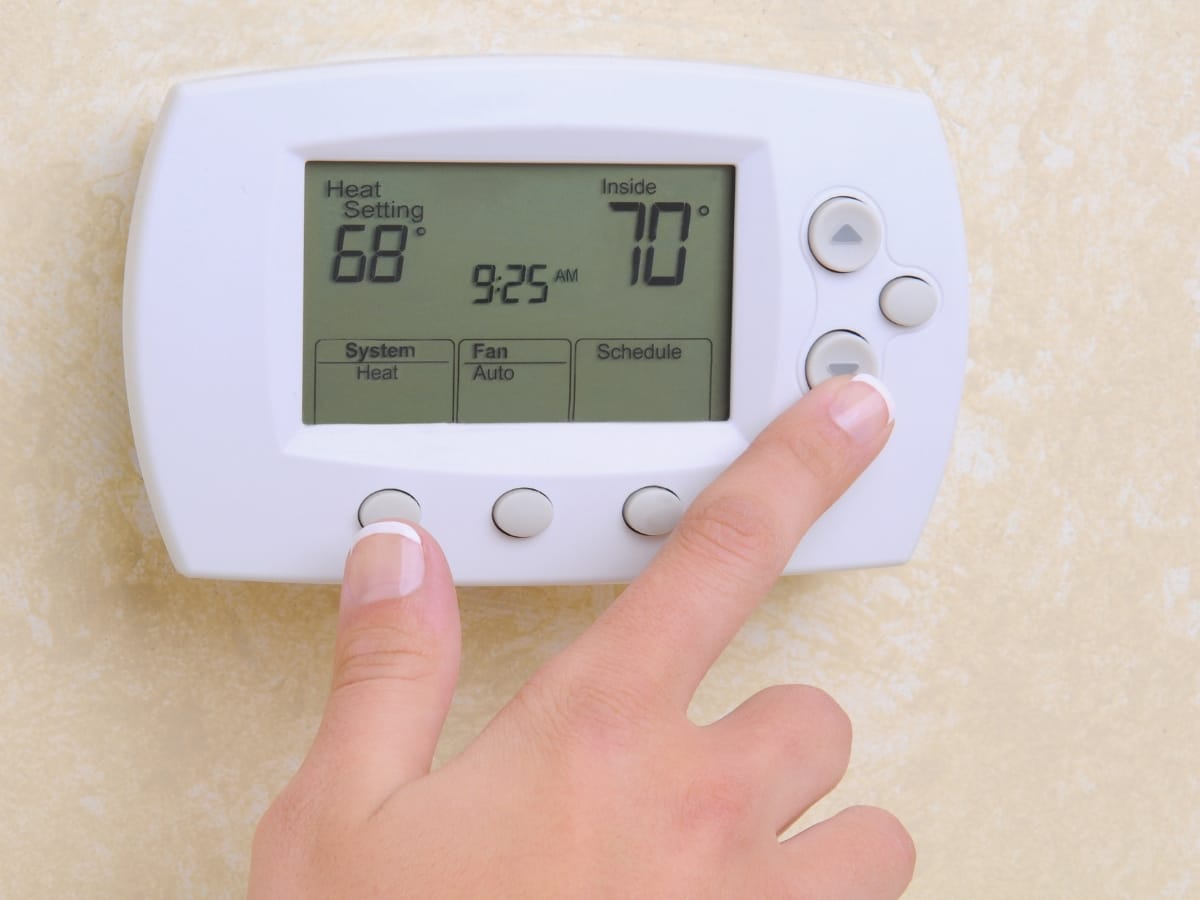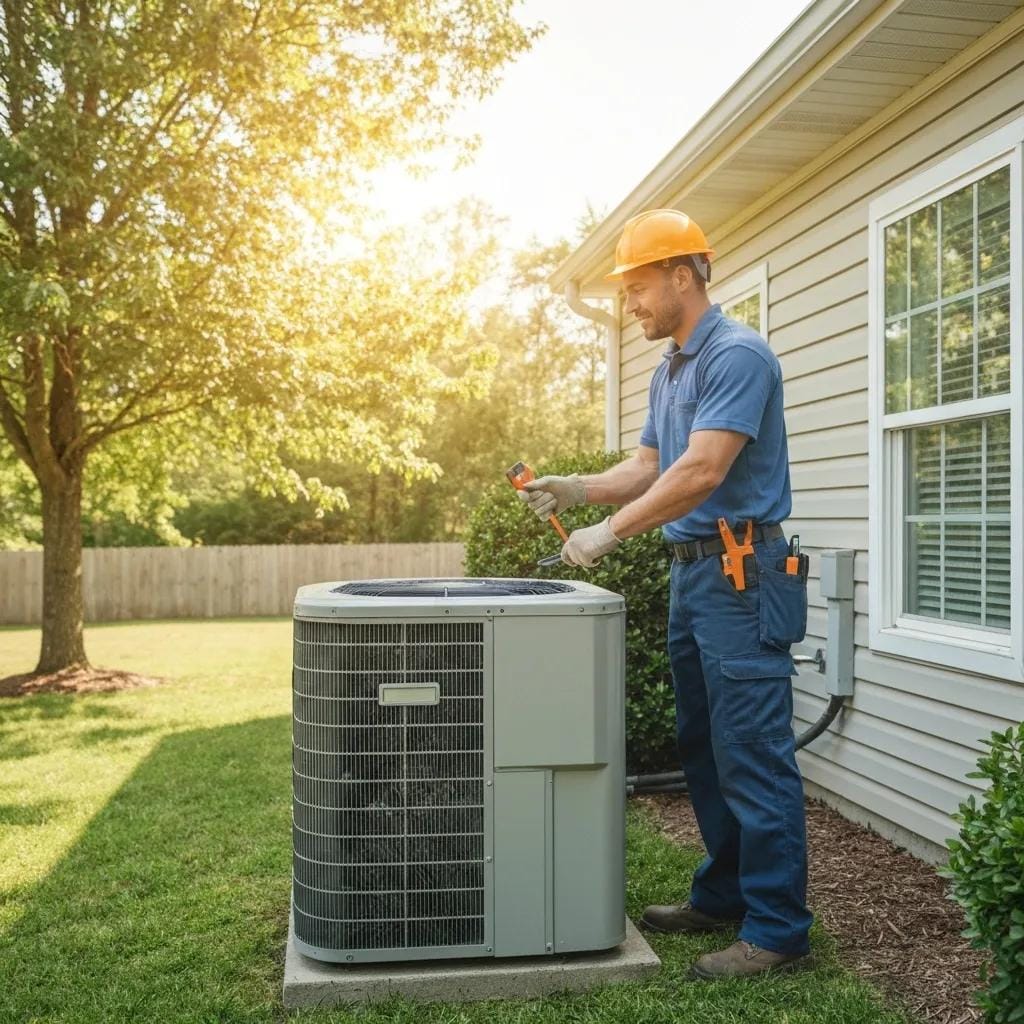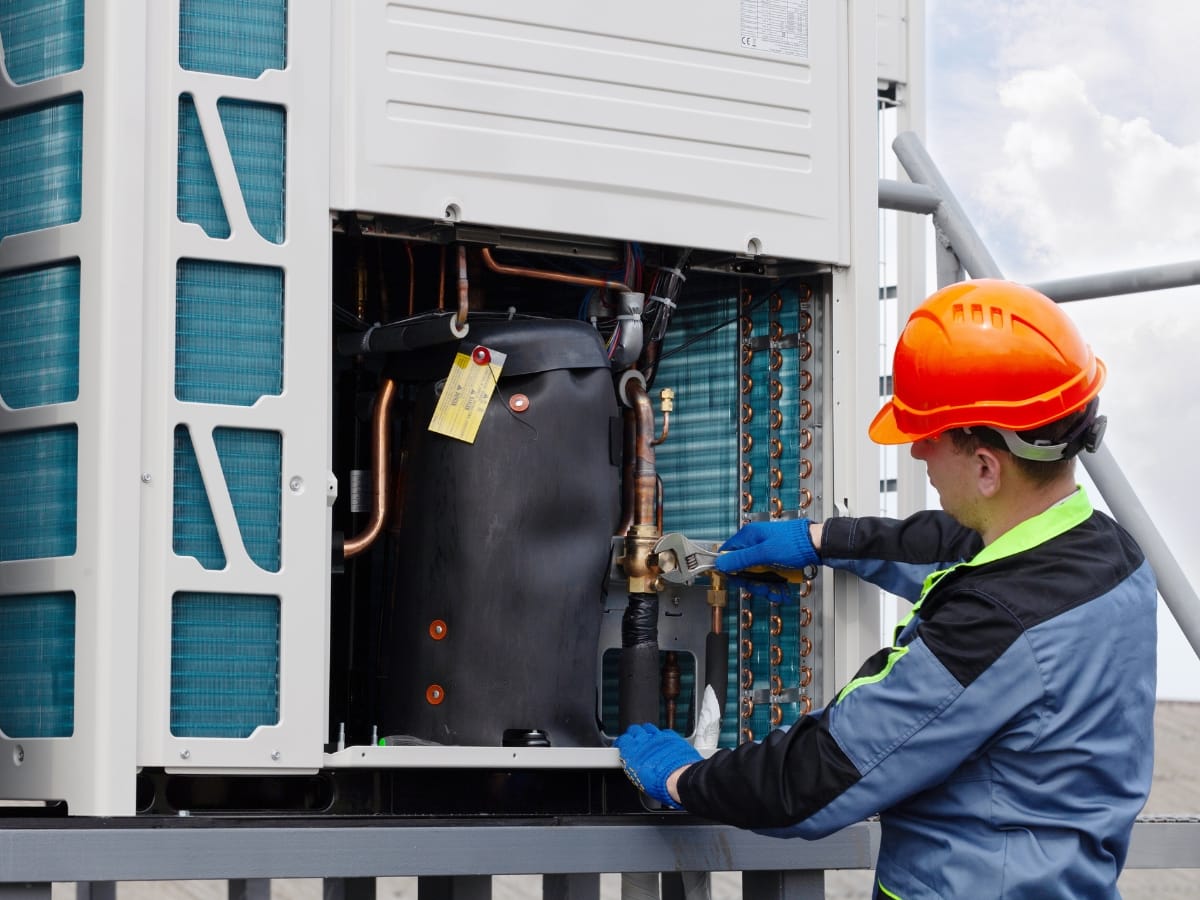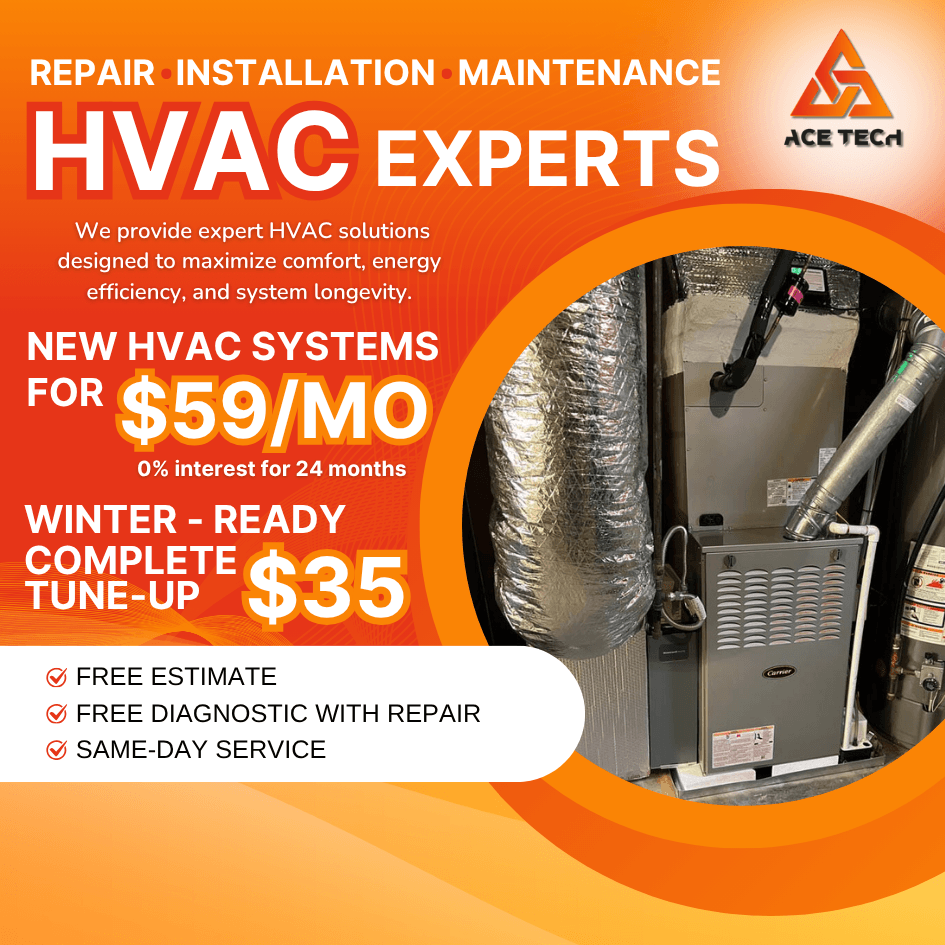Maintaining an HVAC system in a home with pets presents unique challenges. Pet hair, dander, and odors affect both indoor air quality and HVAC efficiency. This guide helps Metro Atlanta homeowners optimize their HVAC systems for pet-related concerns while enhancing energy efficiency, prolonging equipment longevity, and ensuring safe, clean indoor air. Drawing on Ace Tech HVAC’s practical expertise in Georgia, this article provides actionable tips, an HVAC maintenance checklist, and clear guidelines—from air filter selection to professional servicing—to keep your home comfortable for both you and your furry companions.
Breathe Easy: HVAC Maintenance Tips for Pet Parents
Master Air Filter Changes for Pet-Friendly HVAC Maintenance
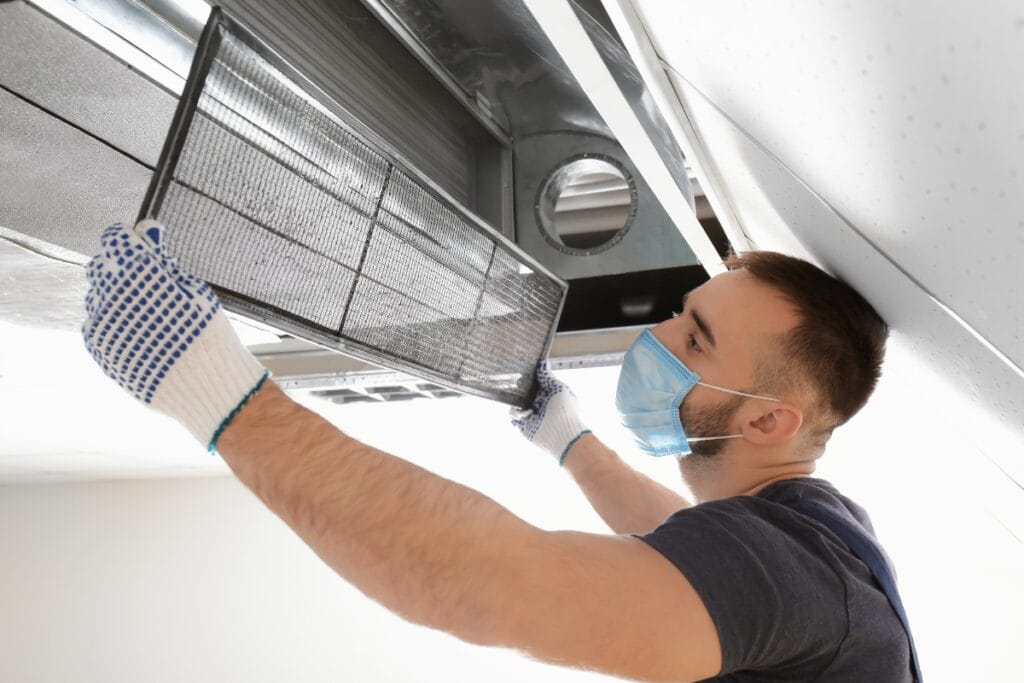
Air filters are critical, especially in pet-friendly homes. Regularly replacing your air filter captures pet allergens before they accumulate in the ductwork. Selecting pet-specific filters with high MERV ratings traps even tiny particles, protecting indoor air quality while reducing system strain and extending component life.
Select Air Filters Designed to Capture Pet Allergens and Dander
For homes with pets, filters with MERV ratings between 11 and 13 are recommended. These filters use technologies such as electrostatic charges or multiple layers—with some featuring activated carbon—to capture both pet hair and odors. This helps reduce the amount of pet debris entering your HVAC system while keeping the air fresh.
Establish a Frequent Filter Replacement Schedule for Your Home With Pets
Because pet shedding increases dirt and debris, it is important to replace filters more often. Checking and replacing filters every 30 days during high-shedding seasons supports better air quality, prevents unexpected system downtimes, and can even lower energy bills by reducing system strain.
Inspect Filters Monthly for Pet Hair Accumulation
Regular monthly inspections allow you to determine how quickly pet hair builds up on your filters. A visual check helps decide if an early replacement is necessary to maintain proper airflow and prevent potential damage and higher energy costs.
Understand MERV Ratings for Better Pet Dander Control
Knowing your filter’s MERV rating ensures it traps pet dander efficiently without overly restricting airflow. It is critical to balance high-efficiency filtration with your HVAC unit’s operational needs. Consulting with HVAC professionals, such as Ace Tech HVAC, can guide you in choosing the right filter for optimum performance.
Consider Reusable HVAC Filters for Cost-Effective Pet Hair Management
Reusable filters can be a sustainable and economical alternative. They are designed to capture pet hair effectively and, when washed regularly, help maintain indoor air quality without constant replacements.
Keep Your HVAC Unit Exteriors Clear and Safe for Pets
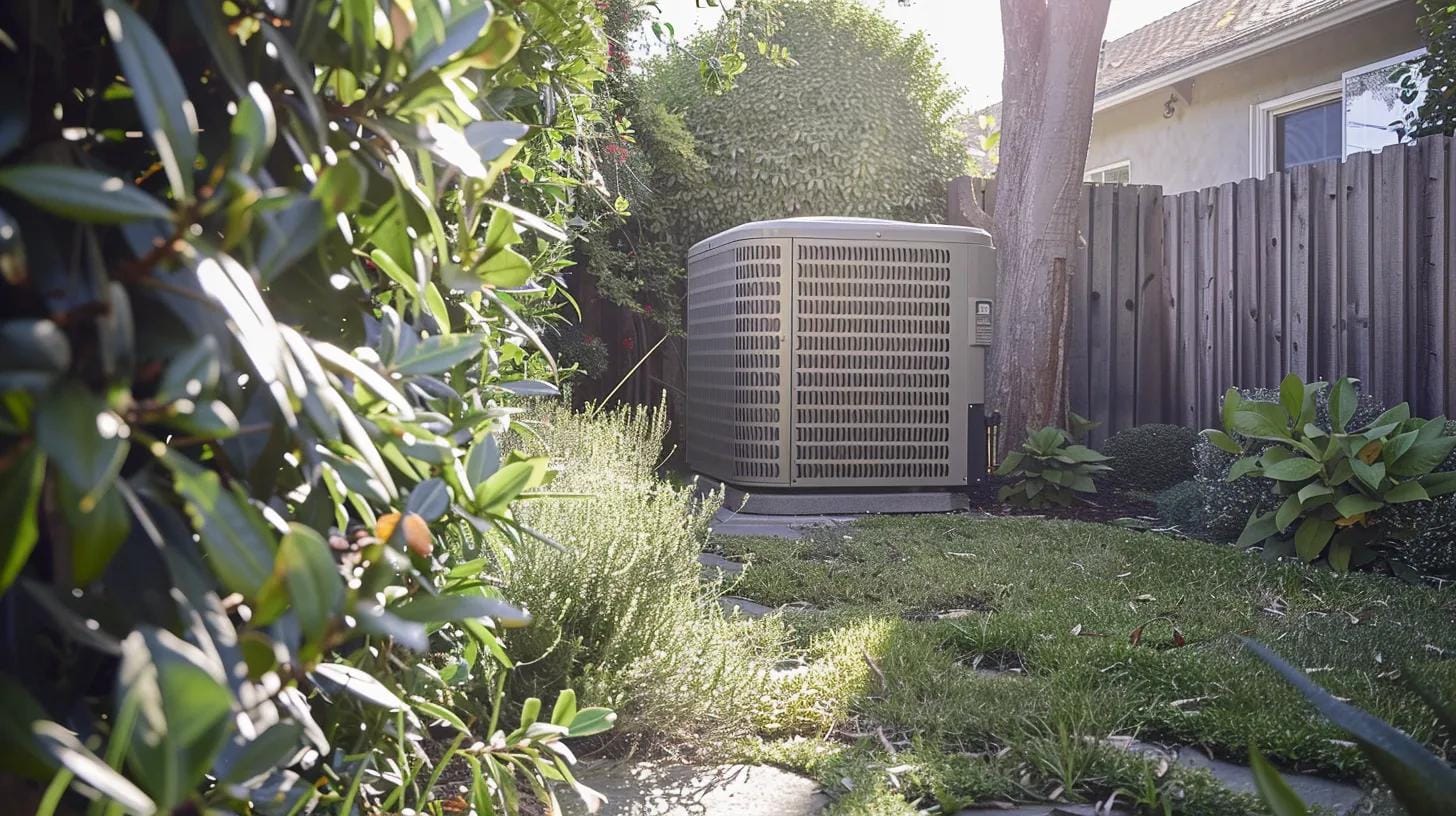
Exterior components are just as important as indoor elements. Pet hair, dirt, and even pet damage from chewing or urine can impair performance. Keeping the outdoor and indoor vent areas free from debris ensures efficient airflow and prolongs the unit’s lifespan.
Regularly Clean Around Your Indoor Air Vents and Registers
Dust, pet hair, and debris can accumulate on vents and registers, hindering airflow and harboring allergens. Clean these surfaces monthly using a damp cloth, mild detergent, or a vacuum with a brush attachment to improve air quality and overall performance.
Maintain Clearance Around Your Outdoor HVAC Unit
Ensure there is at least two to three feet of clearance around your outdoor condenser unit. Trim nearby vegetation and remove any leaves or pet hair buildup that might block airflow, preventing overheating and inefficiency.
Protect Outdoor Units From Pet Chewing or Urine Damage
Outdoor units may be vulnerable to damage from pet chewing or accidental exposure to pet urine. Installing a protective barrier or pet-proof enclosure can reduce the risk of damage and corrosion, helping the unit function optimally.
Inspect and Remove Pet Hair From Outdoor Condenser Coils
Pet hair can clog condenser coils, diminishing cooling efficiency. Regular seasonal inspections and gentle cleaning with a brush or compressed air will help maintain effective heat exchange and system performance. Annual professional cleaning can also be beneficial.
Improve Indoor Air Quality With Pets Through Strategic HVAC Maintenance
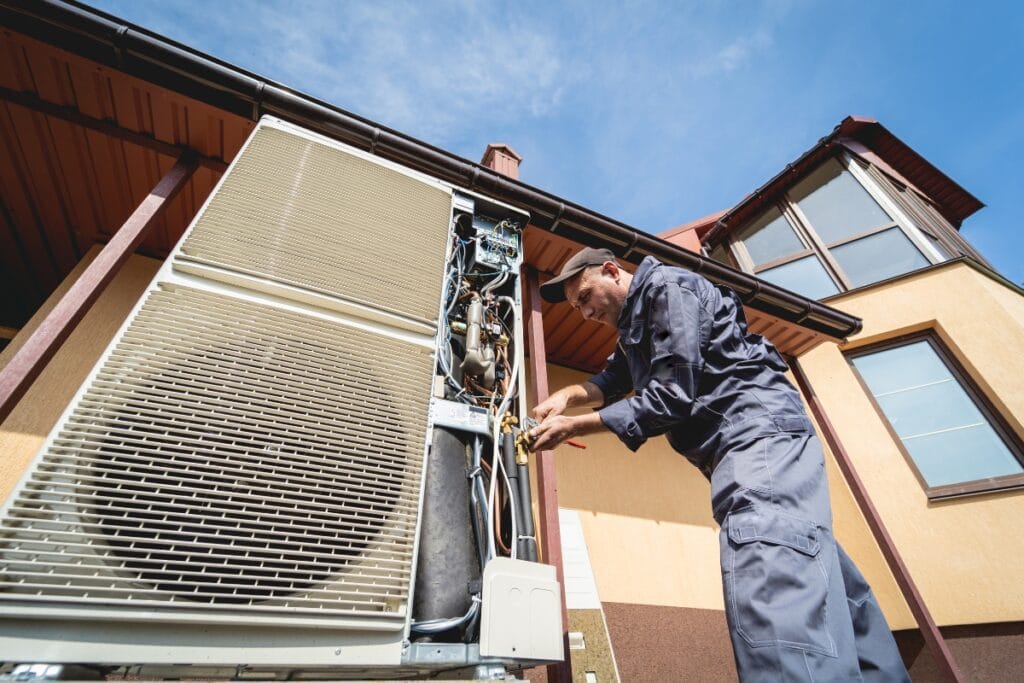
To create a healthy indoor environment in a pet-friendly home, strategic HVAC maintenance is key. By combining proactive measures, like using whole-house air purifiers, with reactive services such as duct cleaning, you can significantly reduce the presence of pet allergens.
Consider Whole-House Air Purifiers Compatible With Your HVAC Setup
Integrated whole-house air purifiers use technologies such as HEPA filtration, UV light, and ionization to further remove pet dander and dust mites missed by conventional filters. Upgrading your system with an air purifier offers continuous air cleaning, providing enhanced comfort and long-term health benefits.
Schedule Professional Duct Cleaning to Remove Accumulated Pet Dander
Over time, pet dander and pollutants can build up in ductwork, affecting airflow and indoor air quality. Professional duct cleaning every two to three years (or more frequently in high-pet households) removes contaminants, ensuring consistent airflow and efficient operation.
Manage Household Humidity Levels for Pet Comfort and System Health
Balanced humidity supports effective HVAC performance and helps inhibit mold growth and static electricity that might affect pets. Using a humidifier or dehumidifier along with regular humidity monitoring ensures both comfort and system efficiency.
Use Pet-Safe Cleaning Products Near Vents and HVAC Components
When cleaning HVAC components, choose pet-safe, non-toxic, and eco-friendly products. These cleaning solutions remove dust, dirt, and pet dander without posing a risk to your pets, thereby safeguarding your home’s environment and system functionality.
Recognize Signs of HVAC System Strain Caused by Pets
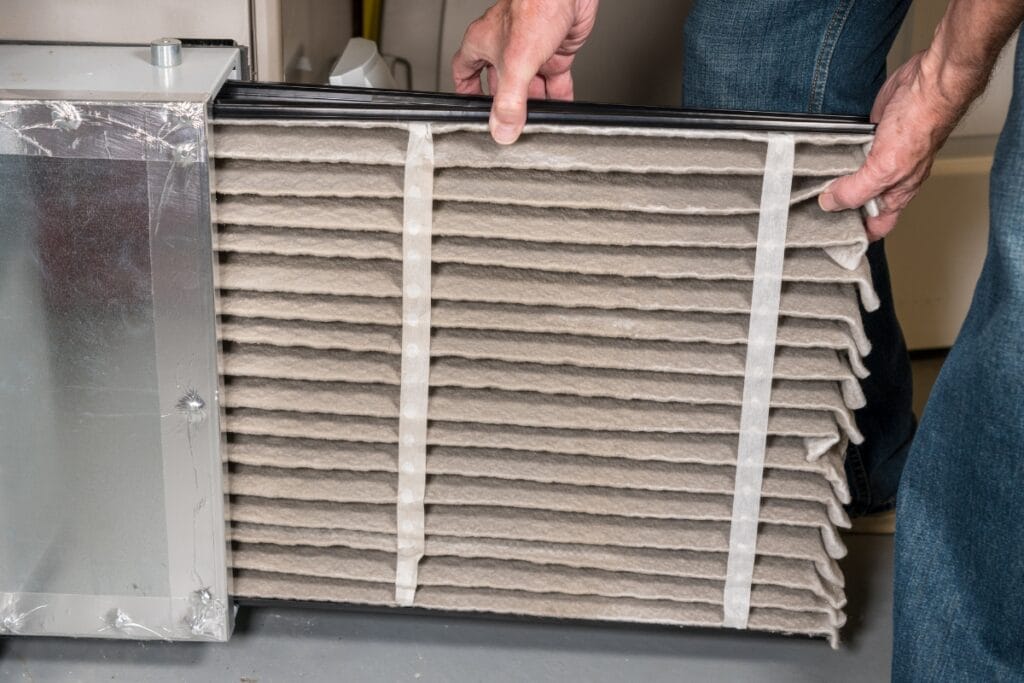
Pet-related debris can strain your HVAC system, lowering efficiency and increasing energy usage. Recognizing early signs of strain allows for timely maintenance to prevent costly repairs.
Identify Unusual Noises Indicating Pet Hair Buildup in Your HVAC System
Sounds like rattling, buzzing, or hissing may indicate that pet hair is interfering with components such as the blower fan or ductwork. Regular sound checks, especially in homes in Metro Atlanta where systems operate under high temperature conditions, can help spot issues early.
Notice Reduced Airflow or Uneven Temperatures in Your Home
Reduced airflow or inconsistent temperatures often point to blockages in the ducts from pet dander and hair. This forces the system to work harder, increasing energy consumption. Regular checks and professional maintenance can help ensure consistent temperature distribution.
Monitor for Increased Energy Bills Resulting From Pet Impact on HVAC Efficiency
If energy bills rise without an apparent cause, it might indicate that pet hair and debris are clogging critical components. Consistent monitoring can signal when it’s time to inspect and clean your system, thereby preventing unnecessary energy expenditure.
Address Persistent Pet Odors Circulating Through Vents
Persistent pet odors can signal a buildup of dander, hair, and organic material within ducts and filters, promoting bacteria and mold growth. Prompt cleaning and timely filter replacement help maintain both efficiency and a fresh indoor atmosphere.
Implement Essential Household Routines to Support HVAC Maintenance With Pets
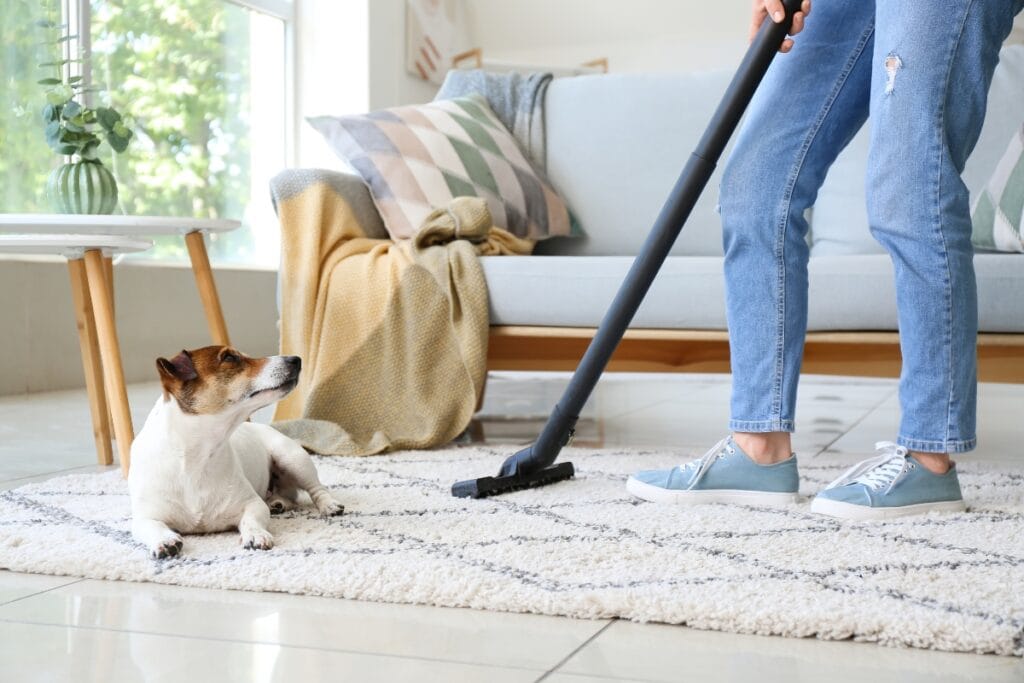
Having pets in the home can affect the performance of your HVAC system, but simple daily and weekly habits can go a long way toward keeping things running efficiently. These routines help manage the extra dust, hair, and dander that pets naturally bring into your living space.
Regularly Vacuum Your Home to Reduce Pet Hair and Dander Load
Pet hair and dander build up quickly, especially in high-traffic areas and near vents. Using a vacuum with a HEPA filter several times a week helps control the amount of debris in the air and on surfaces. This not only keeps your home cleaner but also prevents buildup from entering your HVAC system, where it can clog filters or coat components.
Groom Your Pets Consistently to Minimize Shedding and Airborne Dander
Brushing your pets regularly reduces the amount of loose fur and dander in the home. For dogs and cats that shed heavily, daily grooming can make a noticeable difference. Occasional baths or professional grooming appointments also help minimize airborne allergens and hair. By controlling shedding at the source, you’re easing the load on your HVAC system and improving indoor air quality.
Ensure Vents Are Unobstructed by Pet Beds, Toys, or Furniture
Pets love cozy corners, and that sometimes means setting up beds or toys near vents. But blocking these air pathways makes your HVAC system work harder than it should. Walk through your home regularly to ensure that vents and returns aren’t covered by pet furniture, blankets, or everyday clutter. Unblocked vents help keep air flowing freely, which improves efficiency and comfort.
Educate Family Members on Pet-Conscious HVAC System Use
Make HVAC care a shared responsibility. Teach everyone in the household the basics—like keeping vents clear, checking for odd system noises, and knowing when the filters were last changed. When everyone pitches in, it’s easier to catch issues early and stay on top of basic upkeep.
Schedule Professional HVAC Maintenance for Comprehensive Pet Owner Support
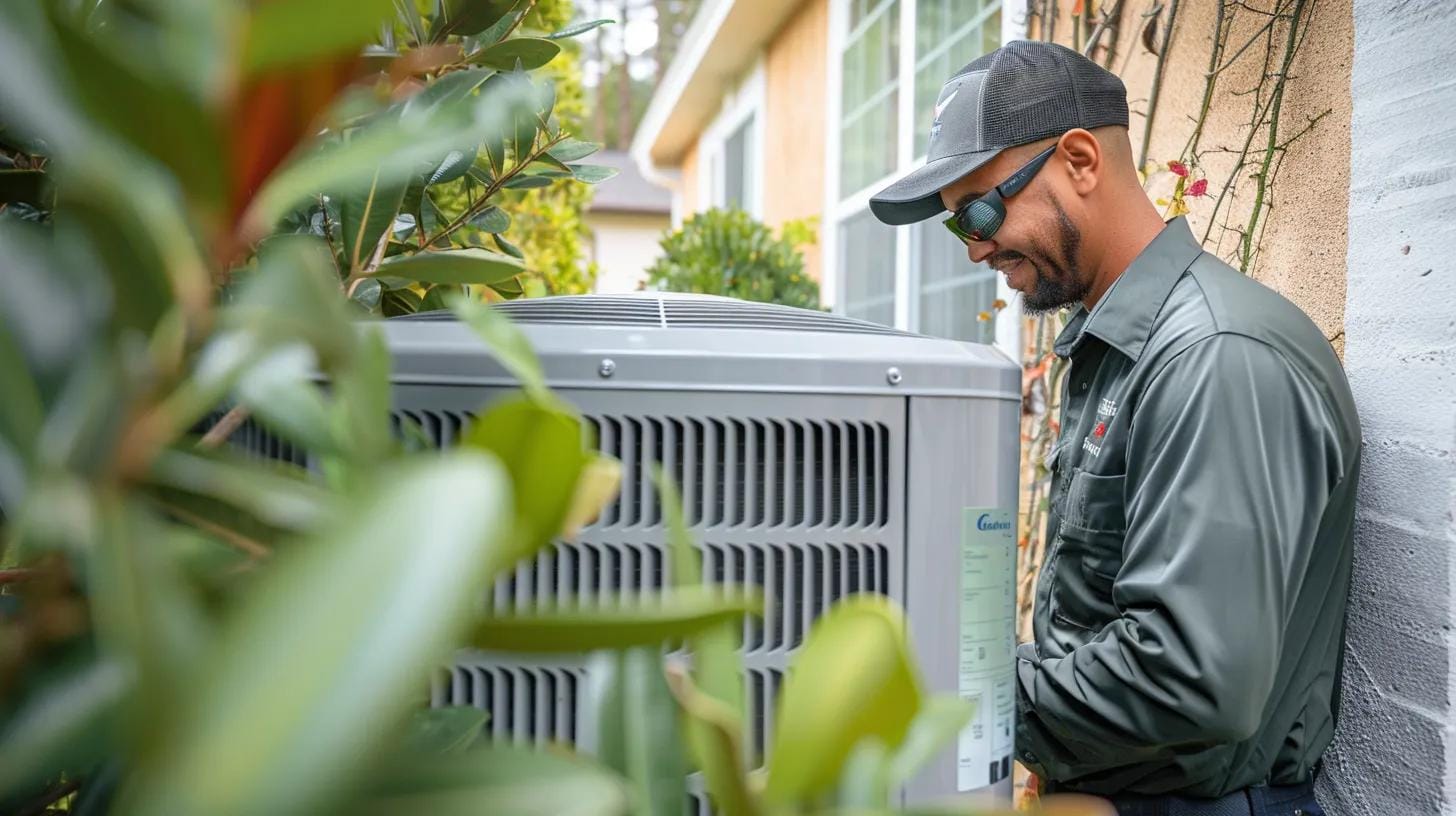
Even with diligent household care, professional HVAC maintenance remains crucial in pet-friendly homes. Skilled technicians can offer deeper cleaning and inspections to address any hidden buildup or potential system issues.
Find Technicians Experienced With Pet-Specific HVAC Maintenance Challenges
Choose HVAC professionals familiar with pet-related issues. Their experience in removing pet hair and dander from ductwork and components ensures that your unique challenges are addressed with precision. Ace Tech HVAC, serving Metro Atlanta, is one such expert partner.
Discuss Your Pets and Any Concerns During HVAC Service Appointments
Inform your technician about the types and number of pets in your home. This information is key to tailoring maintenance and cleaning procedures that specifically address pet-related challenges and provide long-term solutions.
Opt for Thorough System Cleaning Services Ideal for Homes With Pets
Consider deep cleaning services beyond standard filter replacement. Comprehensive cleaning—including duct, coil, and component inspections—helps remove accumulated pet debris, boosts indoor air quality, and keeps energy costs down.
Plan Biannual HVAC System Check-Ups for Optimal Performance in Pet Households
Scheduling biannual check-ups allows technicians to inspect every component, catch early signs of wear, and adjust system settings if needed. This proactive approach ensures consistent, high-quality air circulation throughout your pet-friendly home.
| HVAC Maintenance Task | Frequency | Key Benefit | Pet-Specific Challenge | Suggested Solution |
|---|---|---|---|---|
| Air Filter Replacement | Monthly | Improved air quality | Rapid clogging due to pet hair | Use high MERV rated, pet-specific filters |
| Duct Cleaning | Every 2-3 years | Cleaner air pathways, energy saving | Build-up of pet dander | Hire professional cleaning service |
| Indoor Vent Cleaning | Monthly | Optimal airflow | Accumulation of debris | Regular vacuuming around vents |
| Outdoor Condenser Inspection | Seasonally | Maintains cooling efficiency | Blockage by pet hair/debris | Clear surrounding area, use covers |
| Biannual System Check-Up | Biannually | Preventative maintenance | Ongoing pet-related wear | Schedule comprehensive check-ups |
The above table summarizes key HVAC maintenance tasks for pet-friendly homes, including frequency, benefits, challenges, and recommended solutions.
| Common HVAC Pet Maintenance Issues | Cause | Impact on Performance | Recommended Action | Frequency |
|---|---|---|---|---|
| Clogged Air Filters | Excess pet hair and dander | Reduced airflow; increased energy usage | Replace/clean filters | Monthly |
| Duct Contamination | Accumulation of pet dander | Lower indoor air quality; potential mold | Professional duct cleaning | Every 2-3 years |
| Outdoor Unit Obstruction | Overgrown vegetation/pet debris | Lower cooling efficiency | Clear surrounding area | Seasonally |
| Unusual System Noises | Pet hair interfering | Potential damage to blower or fan | Inspect and clean | Monthly reviews |
| Persistent Pet Odors | Build-up in ducts/filters | Poor indoor air quality | Deep cleaning & filter replacement | As needed |
This table provides a concise comparison of common HVAC issues in pet-friendly homes and suggested maintenance actions.
Frequently Asked Questions
Q: How can I reduce pet dander in my home’s HVAC system? A: Start by installing high-MERV filters designed for pet allergens and replacing them regularly. Frequent vacuuming and periodic professional duct cleaning also help minimize dander buildup.
Q: How often should I replace my HVAC air filters if I have pets? A: It is recommended to check and replace your HVAC air filters every 30 days during high-shedding seasons to maintain airflow and system efficiency.
Q: What are the benefits of using whole-house air purifiers in a pet-friendly home? A: Whole-house air purifiers capture minute pet allergens and pollutants that standard filters might miss, continuously cleaning circulated air and enhancing indoor air quality.
Q: How can professional HVAC maintenance help with pet-related issues? A: Experts can thoroughly clean ductwork, remove entrenched pet hair, and inspect the system to address any pet-related damage, ensuring your HVAC runs efficiently with reduced allergens.
Q: Are reusable HVAC filters effective for pet hair management? A: Yes. Reusable filters are washable and offer a cost-effective, eco-friendly option for reducing pet hair and allergens when maintained regularly.
Q: What preventive steps can I take to safeguard my outdoor HVAC unit from pet damage? A: Keep the area clear of overgrown vegetation and debris. Installing a protective cover or barrier can prevent pets from chewing on components or causing accidental damage.
Q: How does maintaining proper household routines help HVAC efficiency in a pet-friendly environment? A: Regular vacuuming, pet grooming, and ensuring vents remain unobstructed reduce the accumulation of pet hair and dander, easing the workload on your HVAC system, improving indoor air quality, and enhancing overall efficiency.
Final Thoughts
By keeping your HVAC system clean and well-maintained—especially when pets shed around the clock—you’ll protect your equipment, improve indoor air quality, and ensure a comfortable home for both you and your furry friends. From regularly changing filters to scheduling professional tune-ups, these simple steps can extend the life of your system and reduce unexpected breakdowns. For expert HVAC service tailored to pet owners, trust Ace Tech Heating & Cooling to keep your home’s climate just right. Call us at (404) 369-9100 or fill out the form on our website for a free quote today—because your pets deserve fresh air, and your system deserves the best care!

